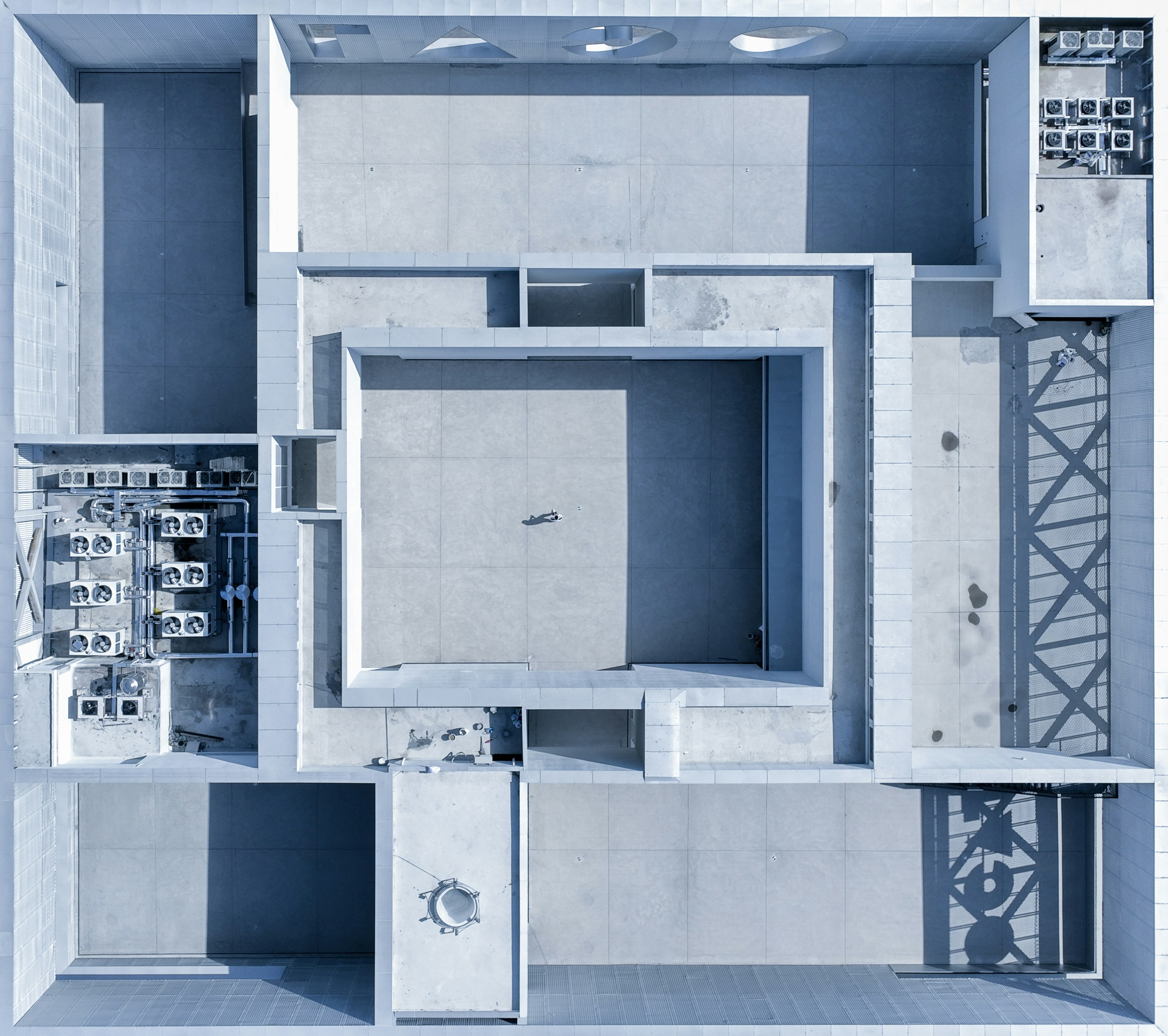Creating Flow: Open-Plan Layout Tips That Work


Open-plan living has become a staple of modern interior design, praised for its ability to make spaces feel larger, brighter, and more connected. But without careful planning, open layouts can feel chaotic or lack definition. The key to a successful open-plan home is creating flow—a harmonious transition between zones that feels natural and intentional.
Whether you're working with a compact studio or a spacious loft, here are practical tips to make your open-plan layout both beautiful and functional.
1. Define Spaces Without Walls
In open-concept designs, zones need to be visually separated without the use of traditional walls.
Here’s how to subtly establish distinct areas:
- Rugs: Use area rugs to anchor spaces like the living room or dining area.
- Furniture Arrangement: Position sofas or shelving units as natural dividers between zones.
- Lighting: Install different types of lighting (pendant over dining table, floor lamp in lounge area) to distinguish each section.
Pro Tip: Keep sight lines open—ensure the visual connection between areas isn’t interrupted by bulky or tall partitions.
2. Stick to a Cohesive Colour Palette
A unified colour scheme is essential to keep an open space from feeling disjointed.
- Choose a neutral base (whites, greys, beiges) as your canvas.
- Add colour through accents like cushions, artwork, or accessories.
- Carry key tones across zones to create visual harmony.
Pro Tip: Use variations of the same shade or tone to subtly differentiate one area from another without losing unity.
3. Create Focal Points
Each zone should have a focal point to give it purpose and visual interest.
- Living Room: A statement sofa, coffee table, or media console.
- Dining Area: A dramatic light fixture or bold dining table.
- Kitchen: A kitchen island or feature backsplash.
Pro Tip: Keep focal points balanced across the layout so one zone doesn’t visually overpower the rest.
4. Use Vertical Space Strategically
In open-plan homes, floor space may be limited—but the vertical space is full of potential.
- Tall Shelving: Add visual structure while maintaining openness.
- Wall Art or Mirrors: Draw the eye upward and add dimension.
- Hanging Storage or Lighting: Particularly effective in kitchens or above islands.
Pro Tip: Choose vertical elements that match the style of surrounding zones to keep the look cohesive.
5. Be Smart About Furniture Selection
Too many large or mismatched pieces can overwhelm an open-plan layout.
- Opt for Low-Profile Furniture: Keeps sight lines open and makes the space feel airier.
- Modular Pieces: Offer flexibility and adaptability to changing needs.
- Multipurpose Furniture: Such as ottomans with storage or dining benches that double as side seating.
Pro Tip: Measure your space carefully—open doesn’t mean empty, but every piece should earn its place.
6. Maintain Clear Pathways
One of the most common mistakes in open-plan design is poor circulation.
- Ensure there’s enough space to walk around furniture comfortably.
- Avoid cluttering transitional zones (like between kitchen and dining).
- Consider furniture layout from the perspective of entry and exit points.
Pro Tip: Leave at least 90cm (about 3 feet) of walking space in key passageways.
7. Repeat Key Elements for Visual Rhythm
Repeating certain design elements across the space helps unify the zones.
- Materials: For example, use the same wood tone in both dining chairs and kitchen shelves.
- Shapes: Rounded elements like circular tables and mirrors create softness and cohesion.
- Finishes: Consistent use of matte black, brass, or brushed nickel ties fixtures together.
Pro Tip: The goal is subtle repetition—not matchy-matchy styling.
8. Let Lighting Guide the Layout
Lighting plays a major role in setting the mood and functionality of an open space.
- Layer Lighting: Use a mix of ambient, task, and accent lighting.
- Zone-Specific Fixtures: Choose lighting that reflects the purpose of each area.
- Natural Light: Maximise windows and avoid blocking them with bulky furniture.
Pro Tip: Dimmers and smart lighting systems let you adjust the feel of each area throughout the day.
Final Thoughts
An open-plan layout offers a blank canvas for creativity—but it also requires thoughtful planning to make the most of the space. By defining zones, maintaining visual cohesion, and ensuring clear movement, you can design a home that feels both spacious and seamless.
With these layout tips, you’ll be able to create an open-concept space that flows beautifully and lives comfortably—no walls required.












